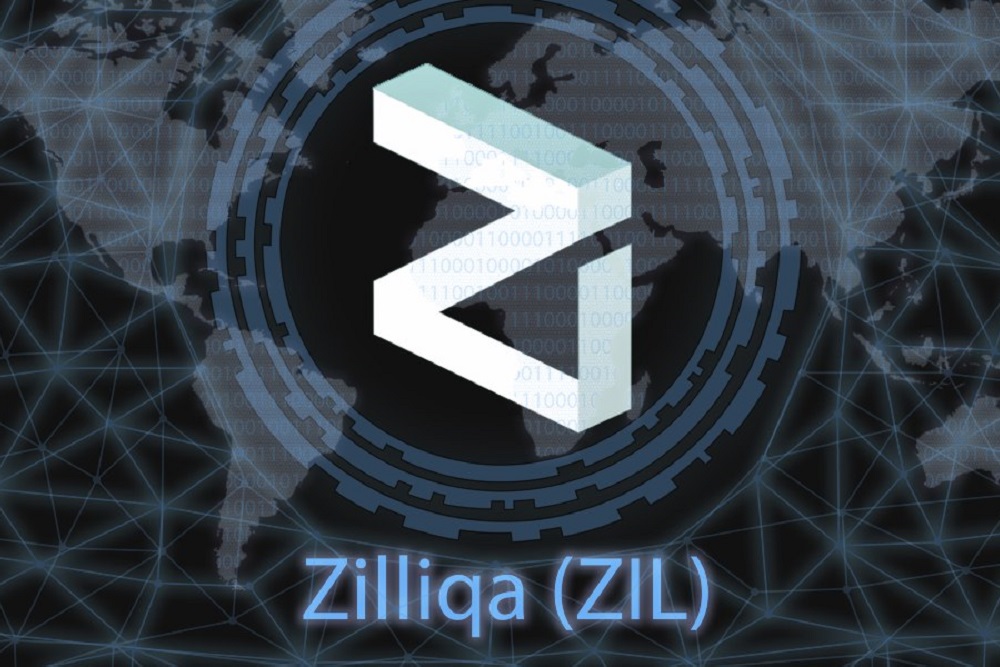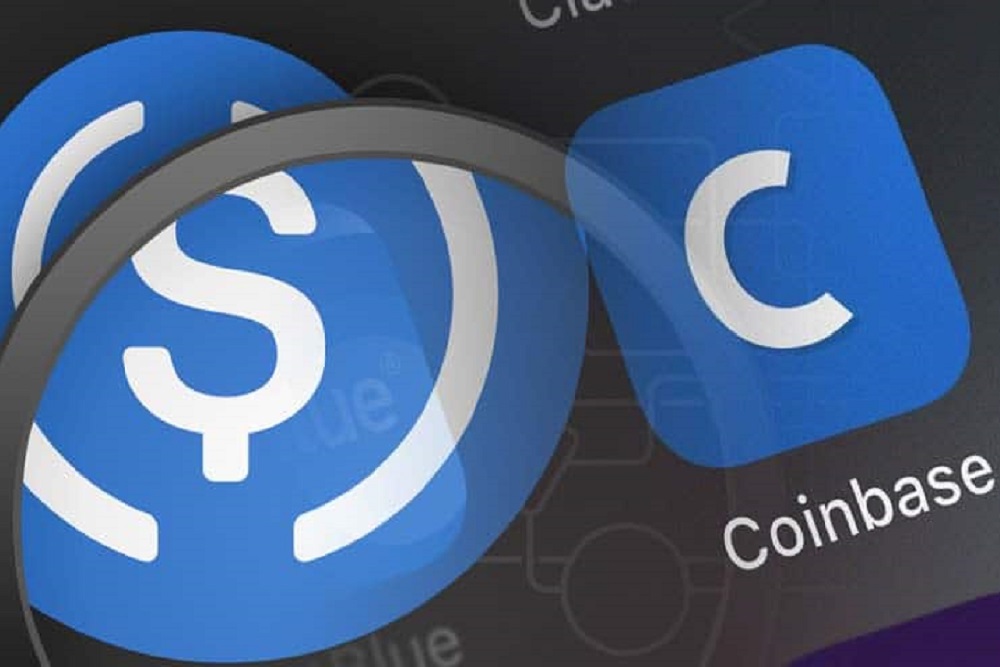PayPal has strategically expanded its stablecoin, PayPal USD (PYUSD), by integrating it with the Solana blockchain, moving beyond its initial use on Ethereum.
This integration, announced on May 28, allows PayPal to offer lower transaction costs, broadening PYUSD’s utility for frequent and small-scale transactions.
Advantages of Solana Blockchain
The Solana blockchain is renowned for its ability to process a vast number of transactions at high speeds and minimal costs, making it highly advantageous for commerce. Data from blockchain analytics platform Artemis highlights that Solana has become the leading blockchain for stablecoin transfers, emerging as the most utilized platform for tokenized transactions.
Solana’s capacity to handle up to 65,000 transactions per second at costs as low as $0.0025 significantly outstrips Ethereum, which processes only 15 transactions per second with fees that can range from $1 to $50 during periods of congestion. This means that while a transaction on Ethereum might take a few minutes, the same transaction on Solana could be completed in under a minute.
Jose Fernandez da Ponte, PayPal’s Senior Vice President of the Blockchain, emphasized PayPal’s pioneering role in digital commerce over the past 25 years. He stated that PYUSD was designed to revolutionize commerce once again by offering a fast, easy, and inexpensive payment method for the digital economy’s next evolution.
By making PYUSD available on the Solana blockchain, PayPal aims to enable a digital currency with a stable value designed specifically for commerce and payments. For PayPal and Venmo wallet users, this integration means a chain-agnostic experience, with PYUSD balances unified regardless of the network holding the assets.

Solana’s Performance and Challenges
Since last year, Solana has surged to become the most used blockchain for stablecoin transfers. Artemis data reveals that Solana’s stablecoin transfer volume reached $1.5 trillion over the past year, significantly surpassing Ethereum’s $885 billion volume during the same period.
Despite its advantages, Solana has faced challenges, particularly with recurring network outages. The latest outage occurred on February 9, when transactions were halted for nearly five hours. To address these issues, an upgrade called Firedancer is set to be released in the coming months, aiming to enhance Solana’s overall reliability and scalability.
Stablecoins, like PYUSD, are cryptocurrencies designed to maintain a constant value by being pegged to a more stable reserve asset, typically a fiat currency such as the U.S. dollar. PayPal launched its stablecoin in August 2023 in partnership with Paxos Trust Company.
Initially issued on Ethereum as an ERC-20 token, PYUSD is backed by U.S. dollar deposits, short-term Treasuries, and cash equivalents. According to data from DefiLlama, Tether currently dominates the stablecoin market with nearly 70% market share and a market capitalization of approximately $111 billion. In contrast, PYUSD’s market capitalization stands at $272.96 million.
Expansion in Cryptocurrency Operations
In addition to its stablecoin expansion, PayPal has enhanced its cryptocurrency operations through a collaboration with MoonPay, enabling U.S. customers to purchase and sell cryptocurrencies like Bitcoin using PayPal. Announced on May 2, this integration allows users to complete fiat-to-crypto transactions via wallets, bank transfers, or debit cards using a PayPal account.
MoonPay co-founder and CEO Ivan Soto-Wright highlighted that this partnership enables users to buy and sell over 110 different cryptocurrencies using PayPal, offering a superior experience compared to other platforms that limit purchases to Ether or PYUSD. He also noted that MoonPay is the first on-ramp and off-ramp provider to integrate with PayPal.
Soto-Wright pointed out that such integrations are expected to significantly impact conversion rates. He explained that many traditional banks do not permit users to purchase crypto with debit or credit cards. However, when users pay with PayPal using the same cards, there has been a notable increase in the success rate of transactions.
As of May 2024, MoonPay has over 20 million verified users. Soto-Wright mentioned that the PayPal integration will initially be available on MoonPay’s direct-to-consumer products—the MoonPay App and desktop—but will soon extend to many of MoonPay’s partners.
- Crypto Price Update July 24: BTC Maintains $66K, ETH at $3.4K, XRP, TON, and ADA Rallies
- Bitcoin Falls to $65K as Mt. Gox Transfers $2.8 Billion BTC to External Wallet
- News of Marathon Digital’s $138 Million Fine for Breach of Non-Disclosure Agreement Triggers a Bearish 2.5% of Its MARA Stock
- Are $530M Bitcoin ETF Inflows a Blessing or Caution?
- Metaplanet Teams with Hoseki for Real-Time Bitcoin Holdings Verification
- Building Secure Blockchain Systems: An Exclusive Interview with ARPA and Bella Protocol CEO Felix Xu
- Building The “De-Facto Crypto Trading Terminal”: An Exclusive Interview with Aurox CEO Giorgi Khazaradze
- Building a New Global Financial System: An Exclusive Interview With Tyler Wallace, Analytics Head at TrustToken
- “Solana is the Promised Land for Blockchain” — An Exclusive Interview with Solend Founder Rooter
- El Salvador: Where The Bitcoin Revolution Begins With A Legal Tender

 Why Trust Us
Why Trust Us







